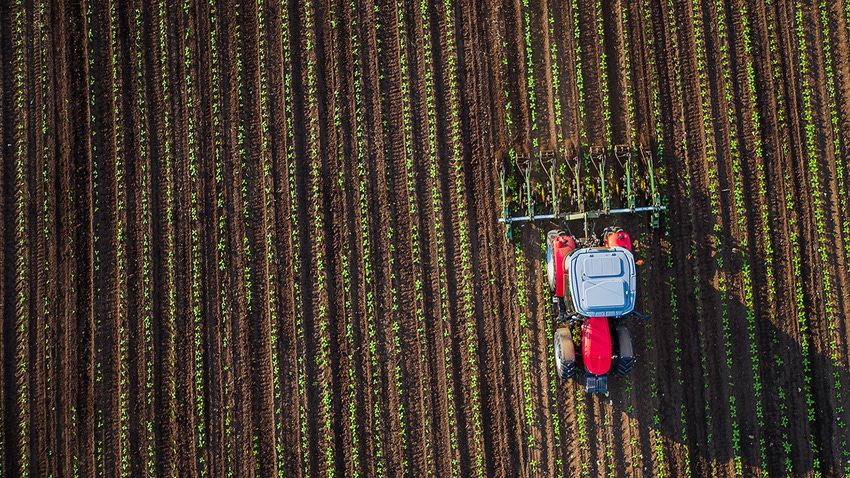Rising crop prices, USDA payments lift farmers’ spirits
Ag barometer reading increases 25 points as farmers feel slightly more hopeful about future.
July 2, 2019

Agricultural producer sentiment rebounded in June as farmers expressed a more optimistic outlook on the future of the agricultural economy. The Purdue University/CME Group Ag Economy Barometer, based on a mid-month survey of 400 agricultural producers across the U.S., increased to a reading of 126 in June, up 25 points from May.
Results also showed increases in both of the barometer's sub-indices. While the Index of Current Conditions saw just a modest increase of 13 points from May to a reading of 97, the Index of Future Expectations jumped 33 points to a reading of 141 in June.
"This year, farmers have faced an extremely wet planting season and uncertainty surrounding trade discussions," said James Mintert, the barometer's principal investigator and director of Purdue's Center for Commercial Agriculture. However, he said a crop price rally, along with the U.S. Department of Agriculture announcing the 2019 Market Facilitation Program (MFP) and Congress passing a disaster aid bill, "made farmers more optimistic. While this combination provided a boost to a struggling ag economy, it remains a challenging economic environment for farmers."
In June, the prospect of large prevented plantings and concerns that delayed planting of corn and soybeans would hurt yields led USDA to forecast tighter supplies than previously expected. Supply concerns were a key factor behind a rally in corn and soybean prices that took place from mid-May to mid-June, when the survey was conducted for the June barometer.
For example, nearby Chicago Board of Trade (CBOT) corn futures prices were up 28%, and nearby CBOT soybean futures prices were up 12% from their respective mid-May lows. USDA also announced that it would provide another round of MFP payments on planted acres of a large number of covered crops, including corn and soybeans.
In light of the announcement and the historic corn and soybean planting delays this spring, producers who planted corn or soybeans in 2018 were asked whether the MFP announcement affected their decision to take or not take a prevented planting payment this year. Ten percent of corn and soybean producers said the announcement did influence their prevented planting decision-making; one out of five farmers within that group said they intended to plant more corn, while one out of 10 farmers within that group said they intended to plant more soybeans because of the MFP program.
One of the big question marks in the 2019 outlook is how many acres will be enrolled in Federal Crop Insurance's prevented planting program. When asked, nearly one-third (32%) of corn/soybean farmers in the Ag Economy Barometer survey said they intended to take prevented planting payments on some of their corn acres, and of those, about half (51%) said they intend to take prevented planting on more than 15% of their intended corn acreage.
Farmer sentiment regarding farmland values improved modestly during June compared to a month earlier. The biggest shift was a reduction in the percentage of producers expecting farmland values to fall in the next 12 months, which declined from 30% to 22%, coupled with a nine-point rise in the percentage expecting farmland values to remain about the same.
Last, farmers were slightly more optimistic regarding the resolution and impact of the ongoing trade dispute with China. From March through May, the percentage of producers expecting a beneficial outcome to the trade dispute declined from 77% to 65%; on the June survey, however, that percentage rose slightly to 69%. Farmers were also asked whether they believe the dispute will be resolved by Sept. 1. In mid-June, 32% of producers expected it to be settled by early September, whereas just 20% expected the dispute to be settled by July 1 when the question was posed in mid-May.
You May Also Like



